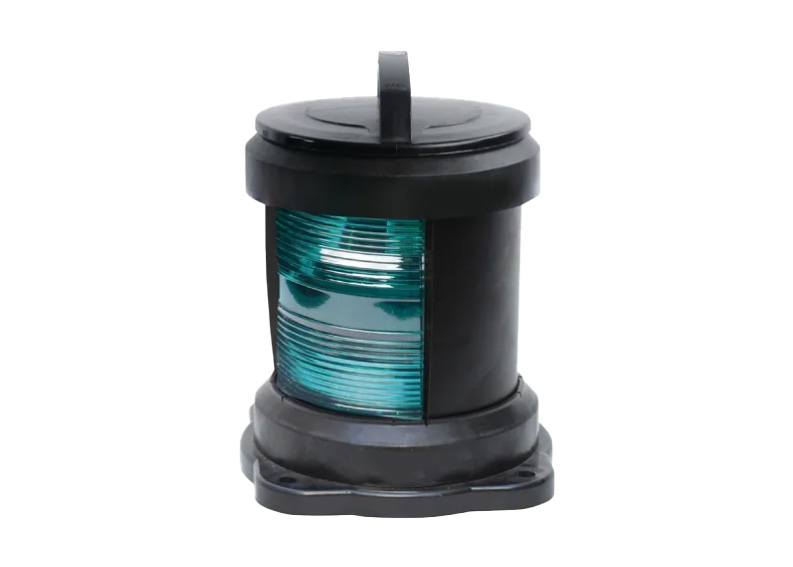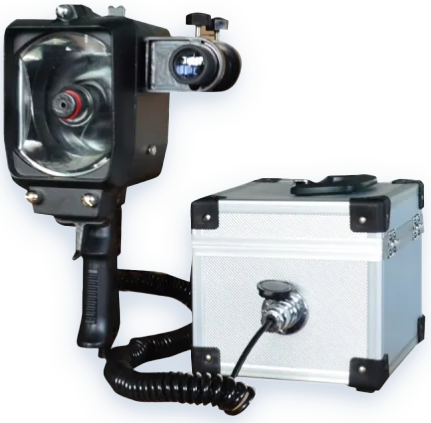Maritime navigation lights play a vital role in ensuring safety at sea, as they help avoid collisions by signaling a vessel’s presence, location, and operational status to other ships. These lights adhere to global standards, enabling mariners worldwide to interpret their meanings uniformly.

Collision Avoidance: Helps operators determine the location,
Guidance: Marks hazards, channels, or runways.
Status Indication: Signals activities like anchoring, towing, or restricted maneuverability.
Port (Red): Visible from dead ahead to 112.5° to the port side.
Starboard (Green): Visible from dead ahead to 112.5° to the starboard side.
Masthead Light (White): Forward-facing light on a powered vessel underway, visible over 225°.
Sternlight (White): Aft-facing light visible over 135°.
All-Round Light (White): Visible 360°, used by anchored vessels or small boats.
Color Codes: Red, green, white, and yellow indicate specific meanings.
Flash Patterns: Unique sequences help identify aids to navigation.
1. Motor boats
When sailing: mast lights + side lights + stern lights.
When anchored: white all-round lights.
2. Sailboats
When sailing: sidelights + sternlights, with a red and green all-round light when downwind.
When anchored: the same as the anchoring lights for motor boats.
3. Rules for special scenarios
Poor visibility: turn on navigation lights and sound foghorn.
Stranded ship: anchor light + two vertical red lights.
Fast ship: additional yellow flashing lights.
Construction ship: display red-white-red ring lights when working on the site, and ring-diamond-ball shape during daytime.
By adhering to universal standards, navigational signal lights ensure safe passage across transportation networks, reducing the risk of accidents in complex environments.

GET A QUOTE